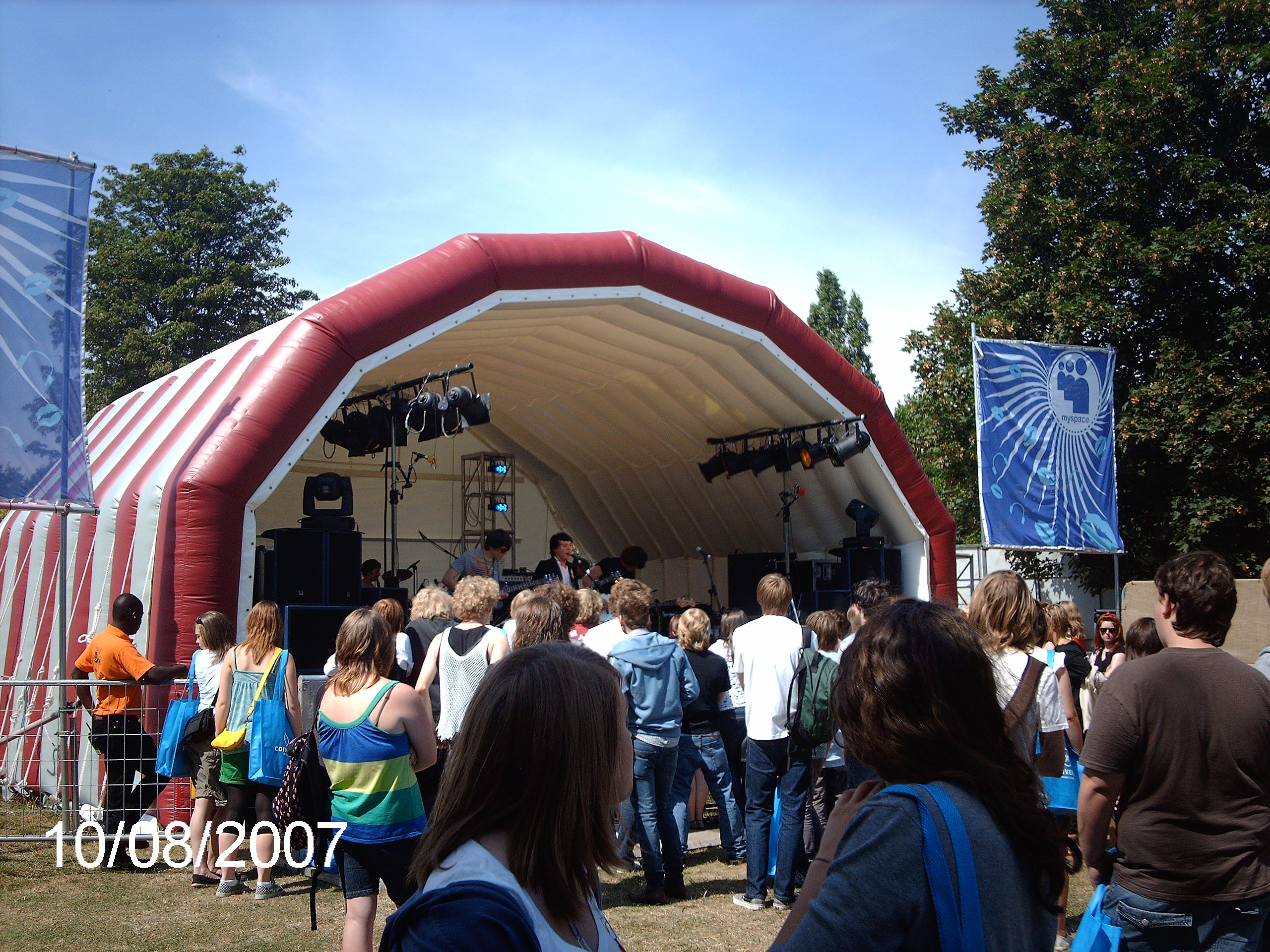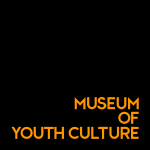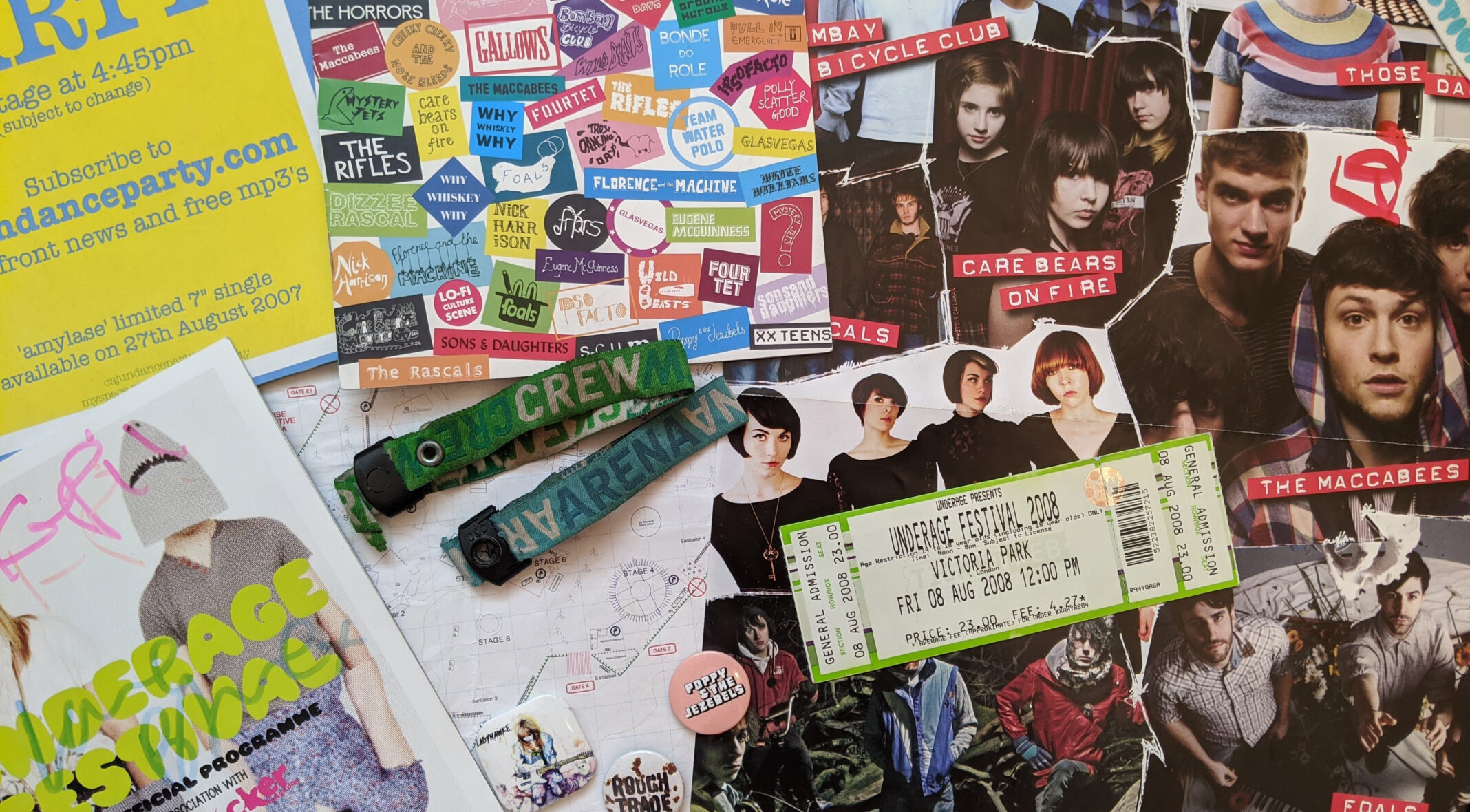

Tracing Music Fandom Practice Through The Internet
As somebody who exited the womb in 1993 and almost immediately became a music fan, it’s fair to say that the internet has been a pretty influential force in my life. I can, of course, remember a childhood before it — buying magazines and CDs, making mixtapes by taping the radio top 40, texting into music TV stations to request my favourite song — but from the day that I visited my local library, waited patiently throughout the dial-up tones and was rewarded with membership for the S Club 7 website, I was hooked on online fan culture, and integrated myself within it as a way of exploring new bounds of creativity, community and cultural dissemination.
Text by Jenessa Williams | 01.09.23
As a music journalist and media academic, there are endless ways in which online fan culture enabled me to get to the position I’m in today, studying new forms of digital interaction, belonging and audience empowerment. From Limewire to LiveJournal, street teams to stan armies, there has been no shortage of pioneering activities in the last three decades that have changed the way we think about music consumption, and in turn, youth culture. Music fans of course come in an all ages, genders, races and cultural demographics, but there can be no denying that, in the words of esteemed fan studies scholars Christian Lee Harrington and Denise Bielby, “Fandom in youth and adolescence has received considerable attention over the years from industries and scholars alike, reflecting both the profit potential of the youth market and long-held associations between fan practices and childhood development.”
In the spirit of this scholarship, and my own experiences and understandings of digital-age fandom, this article attempts to map some of the biggest cultural shifts for internet culture and music fandom in the last 50 years, but also points to further reading which better deepens our understandings of how and why these movements matter. Fans have always been a vital part of the musical ecosystem, but in learning more about fandom and the internet, we can see the shifts that young people have made, proving that they are far more than passive consumers.
The 1990s - Fan Forums and Mailing Lists
Before the internet, a fannish sense of connection normally relied on knowing other enthusiasts in your local proximity, attending physical meet-ups and concerts, or joining mail-order fan clubs and zine distributions, waiting eagerly to receive an update on your favourite artist in the post. When the World Wide Web launched in the early nineties, fans — women fans in particular — were amongst the first to use it to facilitate conversations of fandom, particularly with regards to ‘boyish’ topics that they may have otherwise felt marginalised within, such as Star Trek. In terms of music, those with particularly steely patience could ‘stream’ new songs or videos that bands hosted on their websites via RealPlayer, an extremely rudimentary precursor to the YouTube or Bandcamp embed links that we use today.
Predating even the world wide web by almost a decade, Usenet newsgroups and listservs in the late eighties and early nineties paved the way for wider use of Yahoo Groups, where fans began to set up more specific fan messageboards in relation to specific films, TV franchises or musical acts. Though it would be a while until teen audiences had access to handheld computers (or even unsupervised, affordable access of their own), the possibility of communicating with other fans right around the world felt revolutionary, a way of widening your social group outside of the bounds of school or local neighbourhood. As such, bands like R.E.M, Phish and The Grateful Dead thrived on the early internet, with fans using forums to dissect lyrics, collate bootleg recordings, organise meet-ups and otherwise share in the excitement of loving the same band, passing comments back and forth. Some bands were savvy enough to interact directly in these spaces, but as an opportunity only afforded to both band and audience who possessed a particular level of technical savvy, this new frontier of interaction was still pretty limited in terms of the tightly-bound artist-fan relationship that we know today.
Recommended Further Reading:
- Cyberspaces of Their Own by Rhiannon Bury
- Roberta Pearson - Fandom In The Digital Age
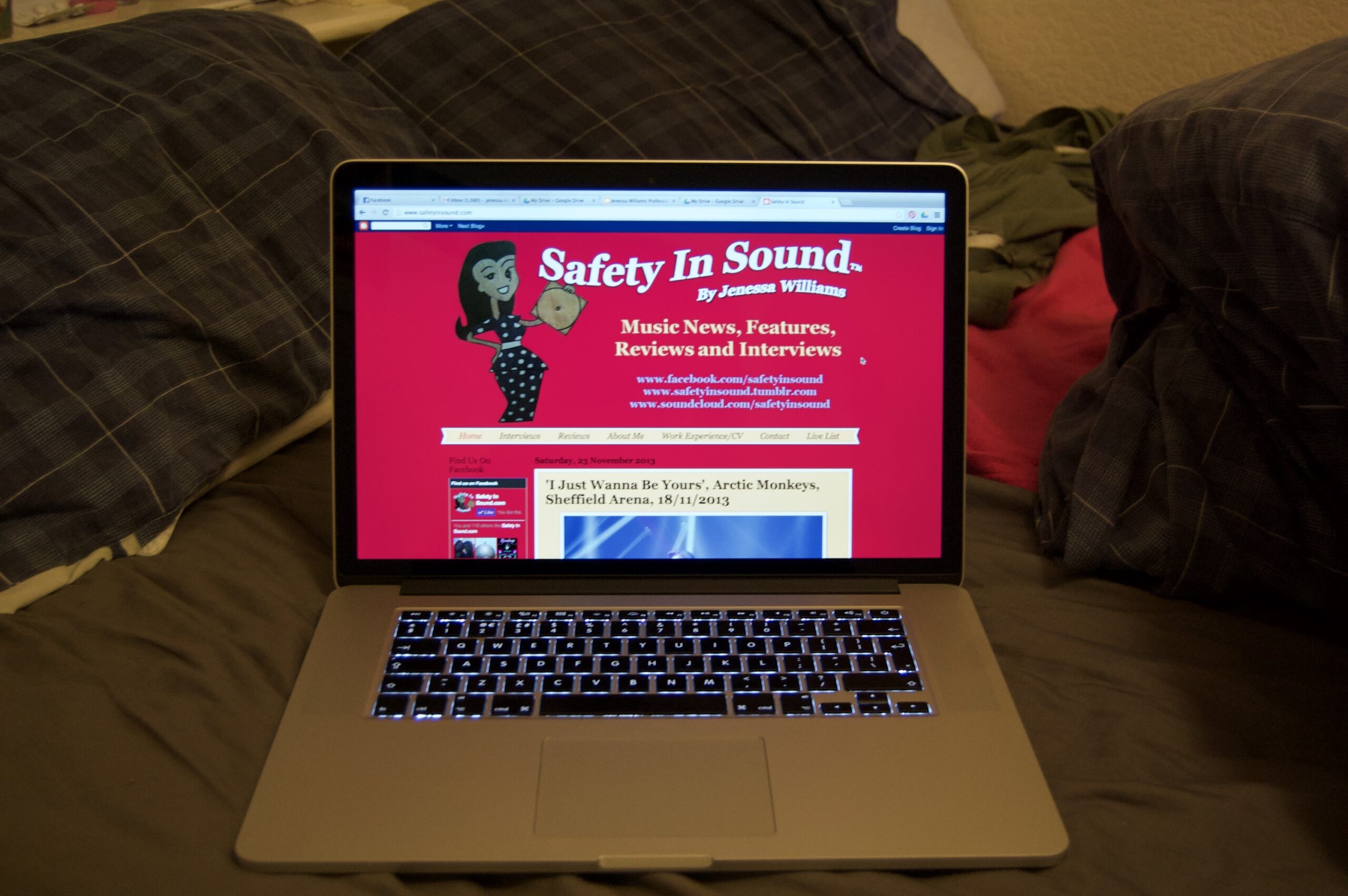
2000s - Torrenting, MySpace and Music Blogging
Forum use continued into the early 2000s, with MSN groups and AOL groups being a particular favourite amongst teenagers who liked to blend their instant messaging habits with long-winded attempts to catalogue magazine scans of their favourite artists for like-minded followers to see (guilty). CDs were still the primary method of music consumption, but with the growing popularity of peer-to-peer filesharing software Limewire, the 2000s quickly marked a shift towards all things digita.
Though the boom in illegal music torrenting had huge ramifications for the financial devaluation of music, it could be argued that it actually increased certain activities of fandom. With audiences now having an entire history of recorded music at their fingertips, torrenting opening up the gates for forms of discography exploration which looked beyond what was being pushed via the charts or your local record store.
In 2003, the social networking site MySpace was launched, quickly proving itself to be the epicentre of digitally-afforded music and popular youth culture. A platform that allowed artists to upload music for themselves, it created a database of exciting new acts, ready and waiting to be discovered by eager record labels. Emo, for example, a US-borne music genre that had typically existed on the fringes of mainstream rock, found itself propelled to centre stage, making MTV-level stars out of the likes of My Chemical Romance, Paramore, Fall Out Boy and Panic! At The Disco. A genre now synonymous with the 00’s internet, emo and digital-era youth culture feel inherently linked, offering up space for teenagers to carve out a rebellious new identity of their own which simultaneously captured the sense of millennial ennui that lingered in a post 9-11 world.
Over in the UK, a teen indie band from Sheffield were also using MySpace to their advantage. Formed in 2002 and known as Arctic Monkeys, they burnt their early demos to cds that they handed out at gigs, but also uploaded the tracks online, quickly resonating with an enormous fanbase. By the time the printed music press had cottoned on to this exciting new band, they were already selling out venues, made a success via digital word of mouth. Much as video had killed the radio star in decades prior, the internet was providing significant threat not only to TV, but to the written music press - why would audiences look to journalists for recommendations when they could discover the next big thing for themselves? Noting the success of this DIY-fame format, the late 2000s in the UK could be defined by a litany of emerging indie stars, creating a foundational base for important ‘youthquake’ events such as Underage Festival and SBTV, founded by fans, for fans.
Recommended further reading:
- Playing To The Crowd: Musicians, Audiences and the Intimate Work of Connection by Nancy Baym
- Top Eight: How MySpace Changed Music by Michael Tedder
2010s - Stans and Professionalised Fangirls
As the 2000s became the 2010s, a boom in musical social media use continued. Fan-led tastemaking was becoming more prominent in the generation of ‘viral’ hits, but so was artist engagement, able to reply to fan messages or distribute blog posts with more ease and creativity than previously possible. Sites such as Tumblr, Twitter and Facebook were quickly becoming intrinsic to a bands marketing plan, offering up new ways to connect with a fanbase.“Finally”, writes Nancy Baym, esteemed music and online cultures scholar, “the internet can eliminate the layers of filters that separated fans from performers in years past. People who might never get backstage can now expect at least some bit of seemingly interpersonal interaction with the artists they adore.”
However, as readily as this interpersonal access could benefit the kind of independent artist who craved genuine connection, it also brought about a certain amount of pressure, trying to keep up with audiences’ growing demands of access. Such expectation might be thought of as an early fuel for ‘stan’ culture, an exaggerated form of fandom which has spawned new forms of internet language and competitive enthusiasm. Somewhat akin to sports fandom, the rise of the stan has been shown through various forms of internet loyalty (creating themed Twitter accounts, ‘gaming’ the music charts by organising streaming campaigns, arguing with those who critique your preferred idol) that can be thought of as both positive and negative within the context of digital youth culture, often resulting in feelings of divisiveness or parasocial attachment which sets unrealistic ‘role model’ standards.
However, various scholars and journalists argue that despite negative stereotypes, the enduring popularity of the ‘stan’ or ‘fangirl’ identity can have significant positive outcomes, allowing teens or often-marginalised folks (people of colour, women, non-binary fans) to take up space in online conversations, and to articulate their own sense of self through creative interpretations and interplays with a fandom text. As journalist Lauren O’Neill puts it, “Certainly, it’s armies of mostly female fans who do so much to keep artists afloat, buying tickets and merchandise, and leading campaigns to get songs to the tops of charts, in exchange for everything – identification, empowerment – that they get from the musicians they love. More than that, however, doubters forget that when you devote so much of yourself to something, you’re going to end up knowing an awful lot about it.”
In experimenting with ‘hysterical’ language or evocative fanfiction, fans and stans create worlds of mutual imagination and understanding, displaying intense cultural savvy and awareness of just how influential they are on modern musical ecosystems. From offering artists valuable information on what their next single should be right through to creating alternative artwork and forging language translation initiatives between international audiences, digital-era fans and stans came into their own in the 2010s, with some even finding ways to professionalise their endeavours and create artistic careers of their own.
Recommended Reading:
- Fangirls by Hannah Ewens
- Everything I Need I Get From You by Kaitlynn Tiffany
- New Korean Wave: Transnational Cultural Power in the Age of Social Media by Dal Yong Jin
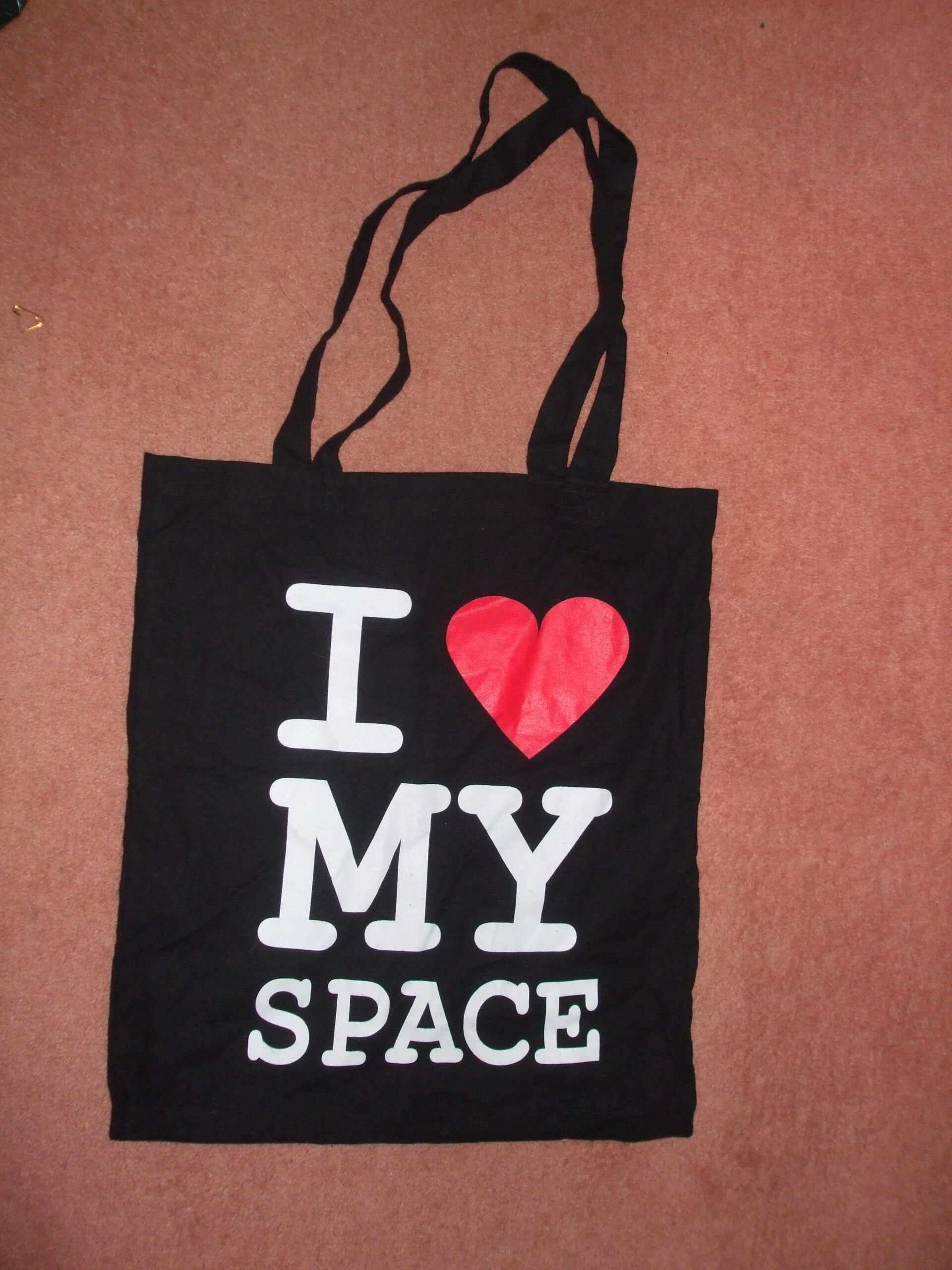
2020s - AI remixes, Onstage Interactions and the continued rise of the music influencer
Though we are only in the early years of the 2020s, current trends suggest that the global village of the internet is growing more and more connected, facilitating new opportunities and engagements for music fans. Following the exponential rise in globalised K-Pop and Latin music fandom in the 2010s, music genres that once felt specific to a particular region now feel truly open to fans of all races and nationalities, creating experts right around the world.
Where platforms like YouTube allowed fans to get a better sense of an artist back in the 2000s, YouTube shorts, Instagram Reels and TikTok videos allow audiences to share their thoughts on music and become stars in their own right, bridging the gap between ‘fan’ and ‘influencer’. From the success of Amelia Dimoldenberg’s Chicken Shop Date and Anthony Fantano’s The Needle Drop right down to the enduring popularity of ‘reaction’ videos, Hip-Hop media has been particularly welcoming to these new forms of music journalism and content creation, diversifying the kind of expert voices and personalities that digital-era music fans look to for curated advice and recommendation.
The past three decades have shown just how readily fans have learnt to communicate through forums and social media, but in the age of AI, genre-fluidity and the infinite possibilities of online remix culture, it no longer seems enough for fans to observe or even talk about music online. Many fans now want to directly insert themselves into the action. Sometimes this results in fun creativity like TikTok duets and viral choreographies, while other times, it sees fans directly overstepping their boundaries, going to extreme lengths to interact with an artist in the hope of securing viral content. Writing on recent appetite for concert interaction, music journalist Eleanor Halls notes that social media has fostered a ‘main character energy’ which encourages us to crave more from our engagements with fandom. In her substack column Pass The Aux, Halls ponders the increased levels of fan empowerment seen through actions such as Taylor Swift’s lawsuit against Ticketmaster, but also increased levels of entitlement: “Why film a musician from the pit when you could throw your phone on stage and have them film themselves, or take a dazzling selfie with the crowd? Why send them a fan letter in the post when you could hurl a gift at their feet and film their reaction?” Only time will tell how long this digital-documentation obsession will continue, but one thing is for sure; fans will always move with the times, finding ways to harness new technology to their entertainment advantage. Not every outcome will be wholly positive, but it will certainly be creative, giving scholars, academics and museum curators alike plenty more to document.
Recommended Reading:
- The Rise of Metacreativity: AI Aesthetics After Remix By Eduardo Navas
- YouTube and Music: Online Culture and Everyday Life by Holly Rogers, Joana Freitas and Joao Francisco Porfirio.
- The Cambridge Companion To Music & Digital Culture by David Trippett, Monique M. Ingalls and Nicholas Cook
Jenessa Williams (@jnessr) is a freelance music journalist and media academic based in Leeds, UK. She has recently submitted her PhD thesis which explores the MeToo movement in relation to music fandom, asking questions about how modern audiences navigate cancel culture, online community discussion and ‘moral’ listening habits. Her work has been published by the likes of NME, The Guardian, Rolling Stone UK, DIY, The Forty-Five and more.
